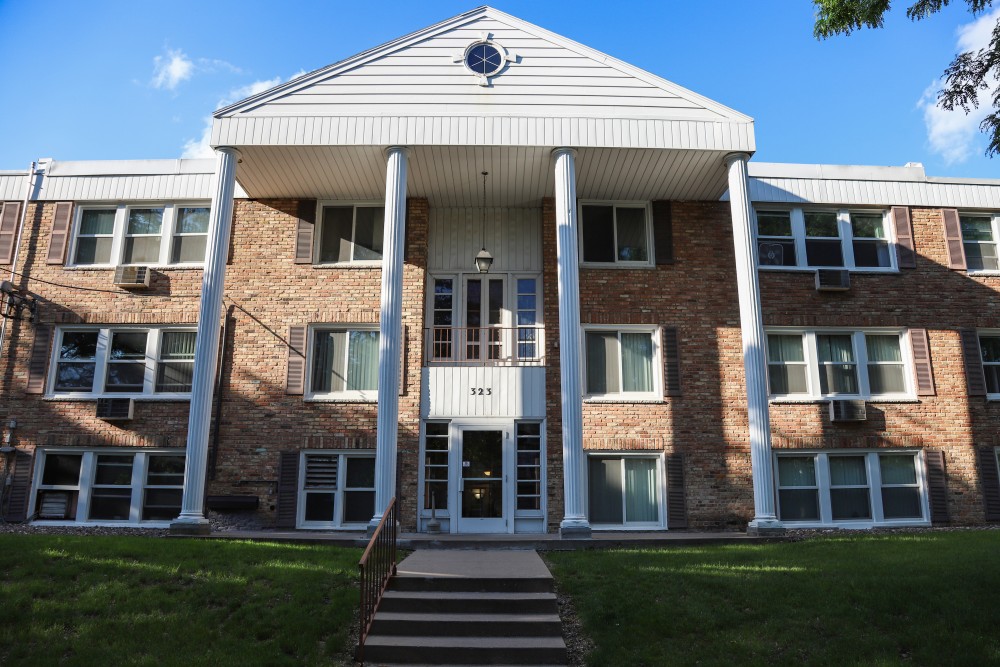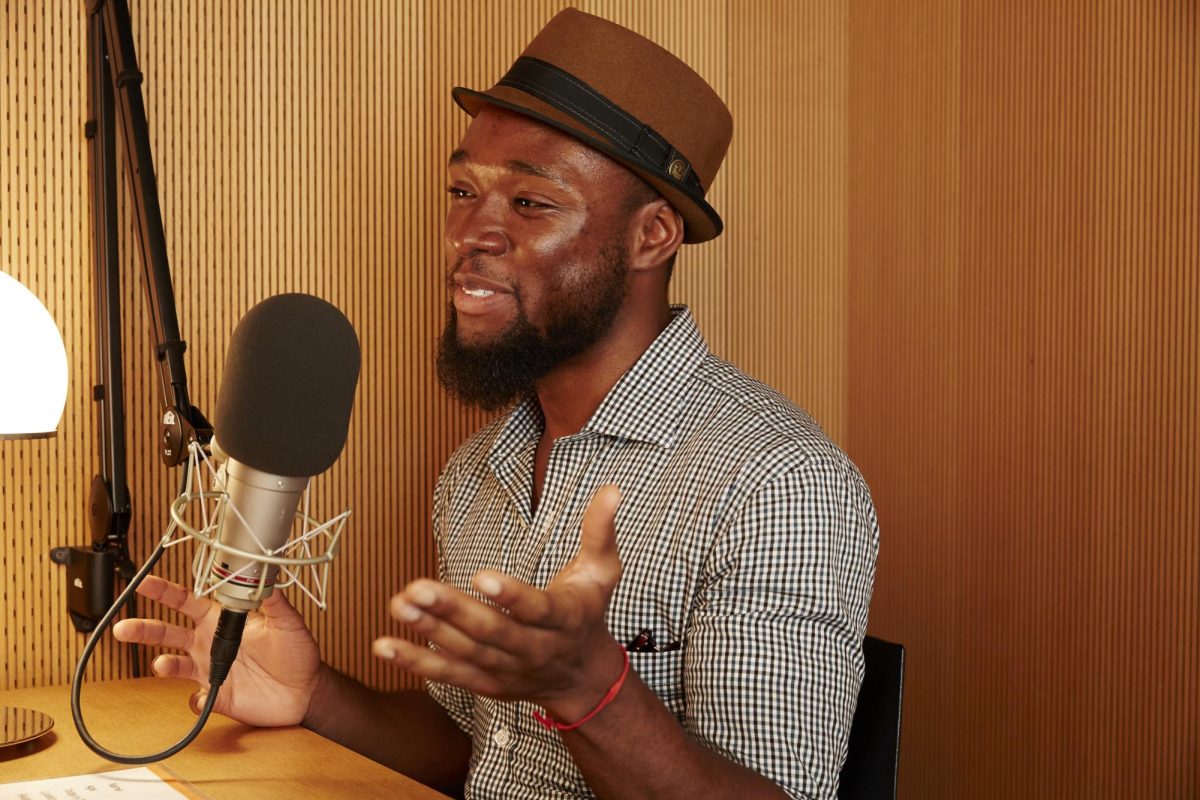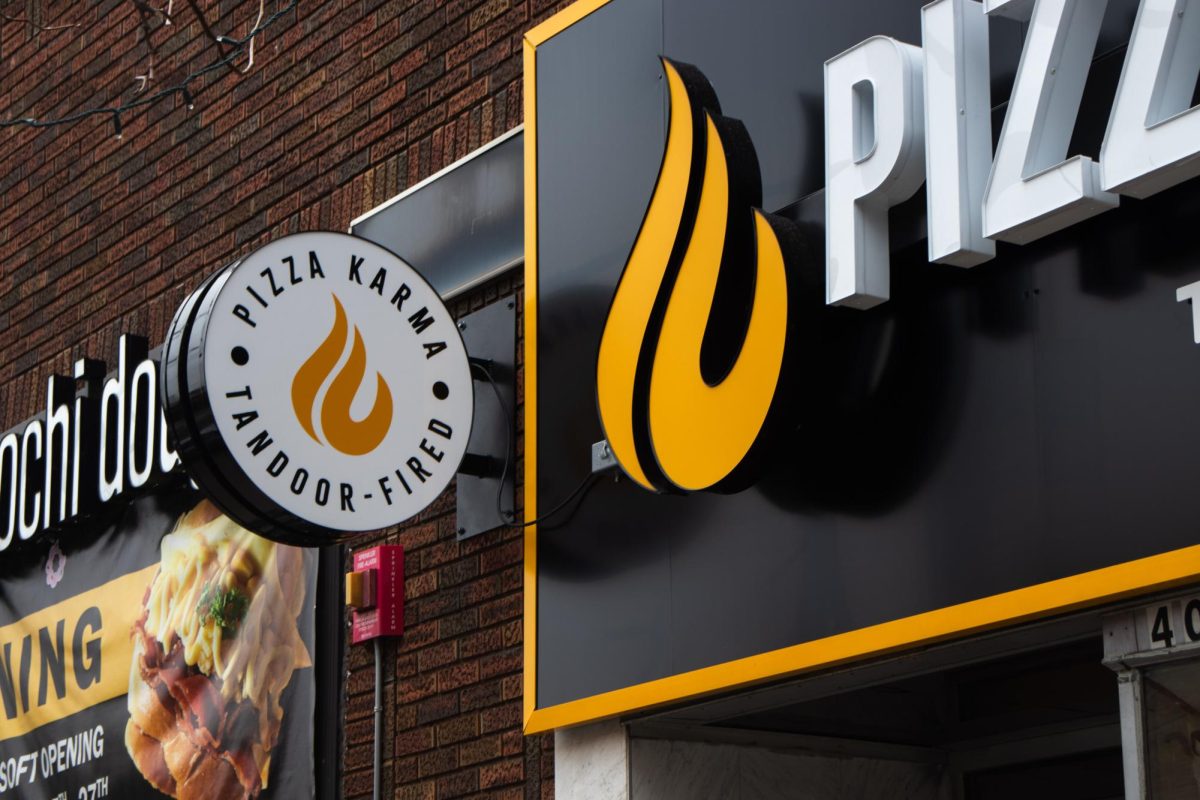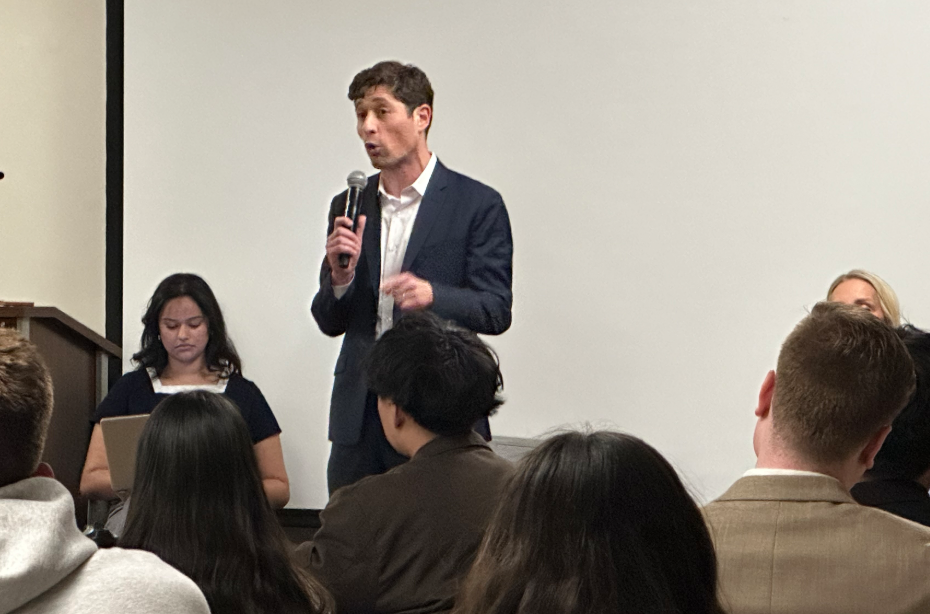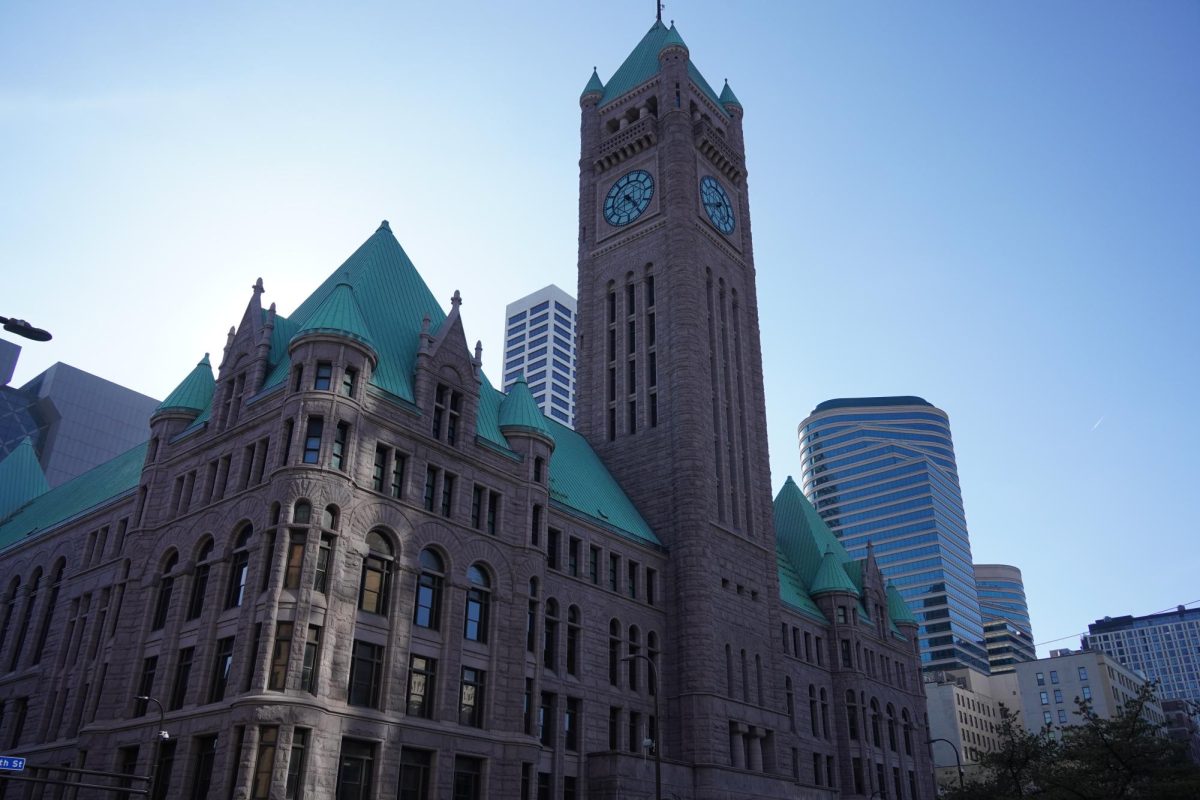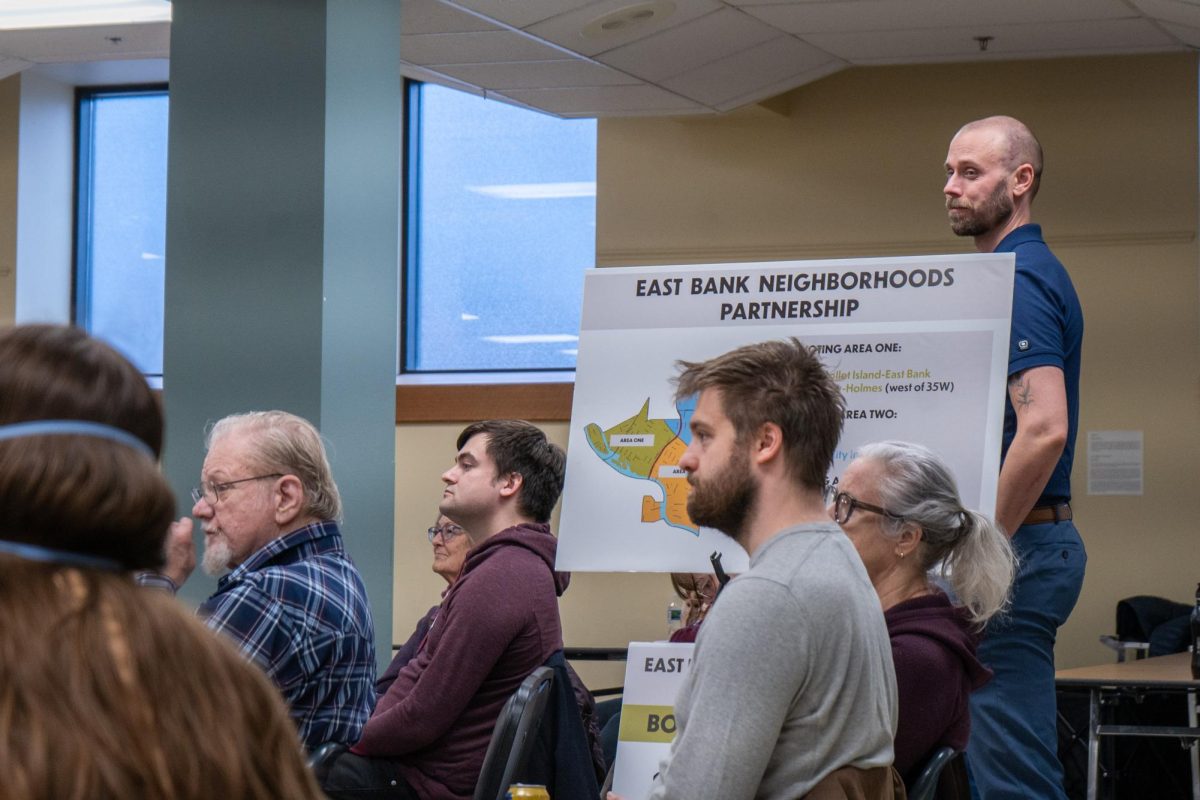Built on the underpinning of a housing crisis in Minneapolis, the city’s 4D program is seeing widespread engagement aimed at retaining affordable housing.
The 4D program offers tax reductions for property owners who agree to maintain naturally occurring affordable housing, or NOAH. Since its inception last year, the program has enrolled 770 rental units throughout every Minneapolis ward. Marcy-Holmes has some of the highest representation among the Minneapolis neighborhoods in the program.
Landlords must keep rents affordable to households at or below 60 percent of area median income without government subsidy. This limit must apply to at least 20 percent of the property’s units for ten years.
“Everyone deserves the ability to go home at the end of the night and have a safe place to rest their head and rejuvenate for the next day,” said Minneapolis Mayor Jacob Frey. “A big part of the housing crisis has been keeping the affordable housing that we already do have.”
The program also offers 4D participants free or low-cost energy efficiency assessments and improvements for their properties, which Frey said support more sustainable infrastructure in the city.
So far, the energy savings from the program have helped to offset the equivalent of 25 single family homes, or 46 U.S. cars’ annual gas consumption, according to city data released earlier this month.
Sixty-eight units in the St. Anthony Apartments in Marcy-Holmes enrolled in the program last year, making it just one of four neighborhoods with more than 60 participating units.
Property owners enrolled in the 4D program agree to limit rent increases to 6 percent or less per year, according to city data. Frey said the program will continue to expand, with signups opening again in the fall.

With a historically low vacancy rate, many of the newer Minneapolis developments are luxury rentals, said Dan Hylton, research manager for HousingLink, a Minneapolis nonprofit aimed at expanding affordable rental options. The Twin Cities metro has been under a 3 percent vacancy rate for nearly a decade; a healthy market is around 5 percent, Hylton said.
Maintaining NOAH — which is made up of primarily older buildings — is a more cost-effective way of improving the affordable housing stock in the city.
“To build an entirely new project from the ground up and expect it to be affordable is just a very expensive proposition,” Hylton said.
In a currently unpublished MN Housing Measures annual report, HousingLink found Minneapolis has lost about half of its NOAH options from 2012 to 2018. Based on publicly available listings, 24 percent of Minneapolis’s non-subsidized rental units were considered NOAH as of 2018. The seven-county metro area has seen a similar decrease.
Ed Goetz, director of the University’s Center for Urban and Regional Affairs, said available and affordable housing stock is important for maintaining local workers, among other community benefits.
“Affordable housing, a decent and safe housing, provides a lot of benefits to families,” Goetz said. “It reduces health costs, it increases stability of young children in their schools, it increases employment stability.”


